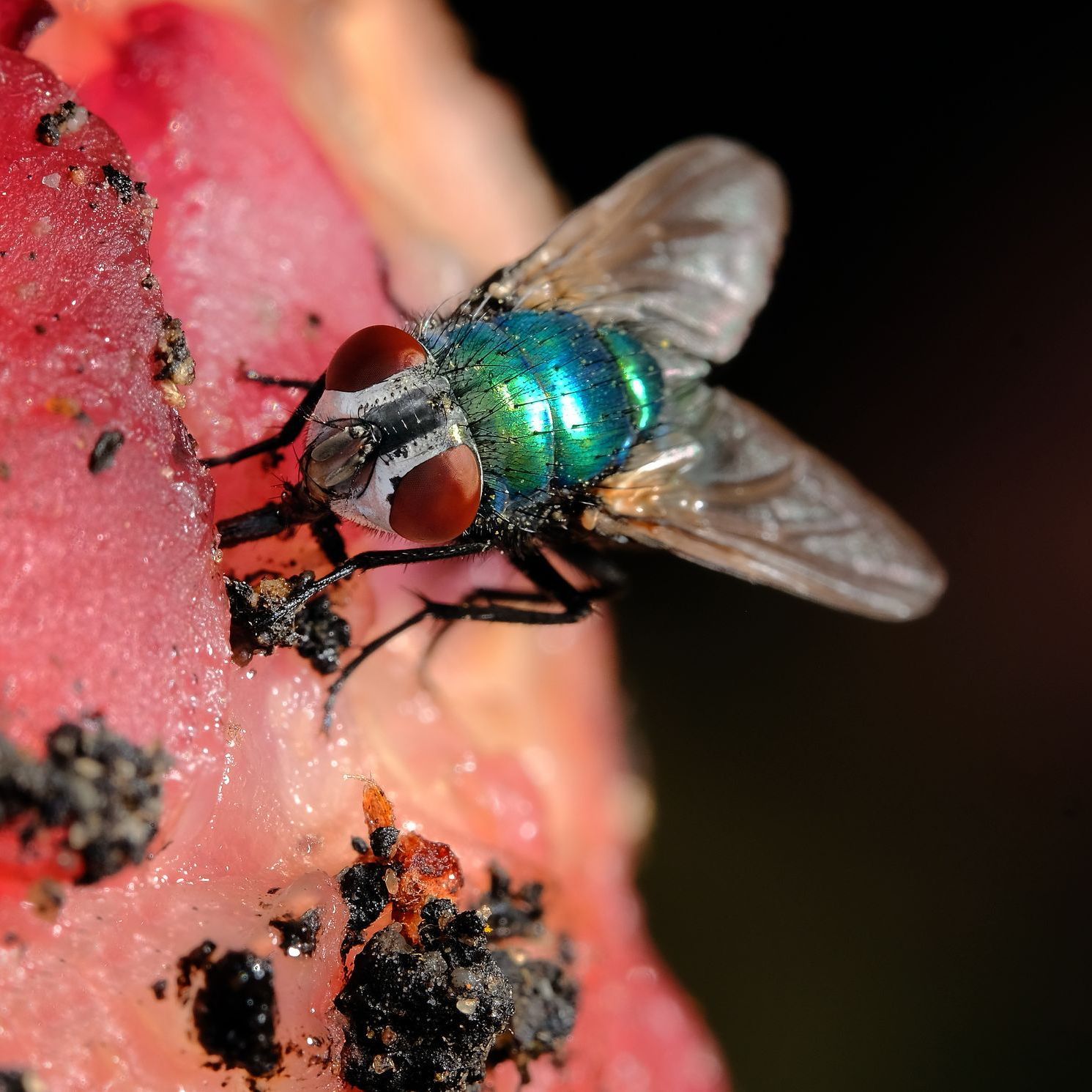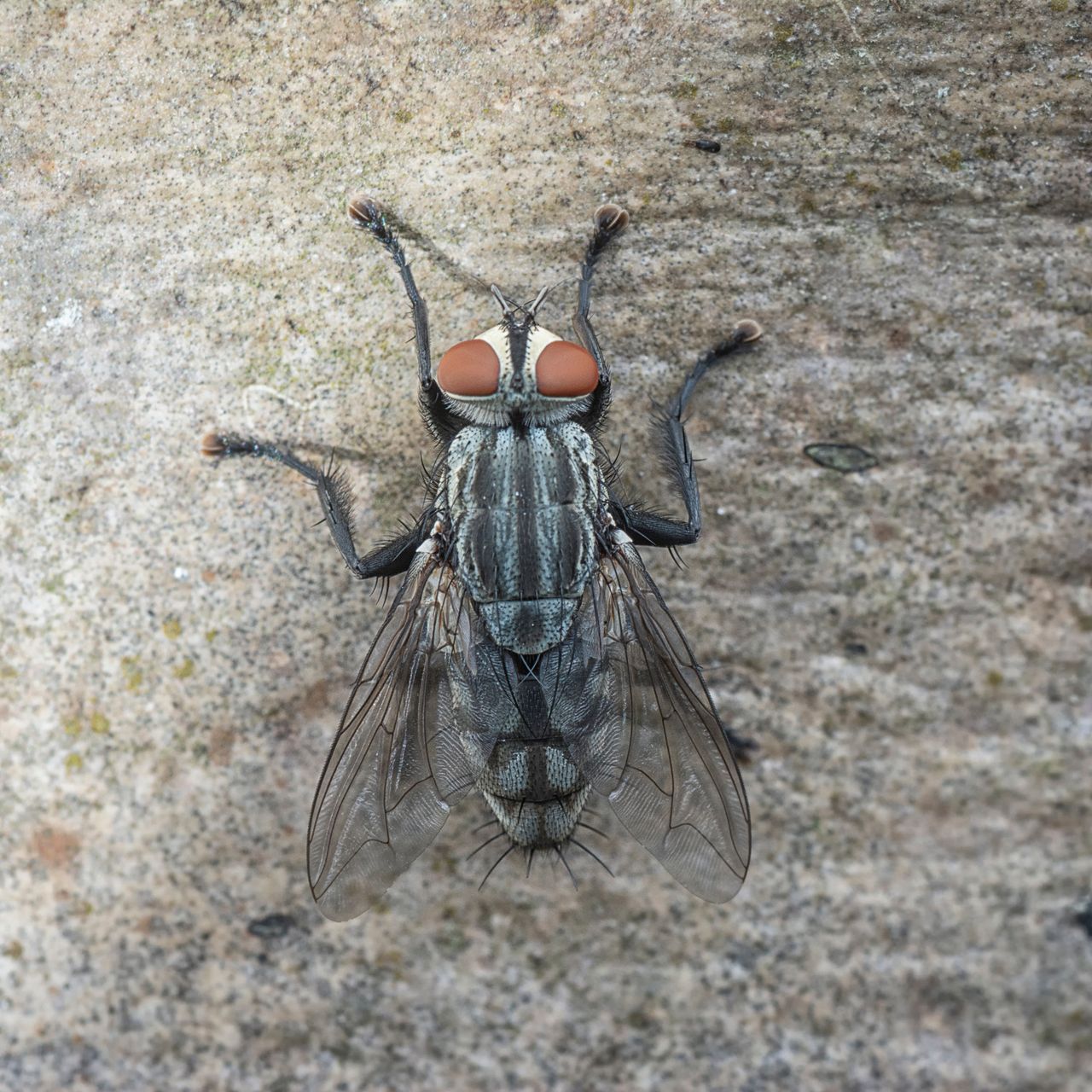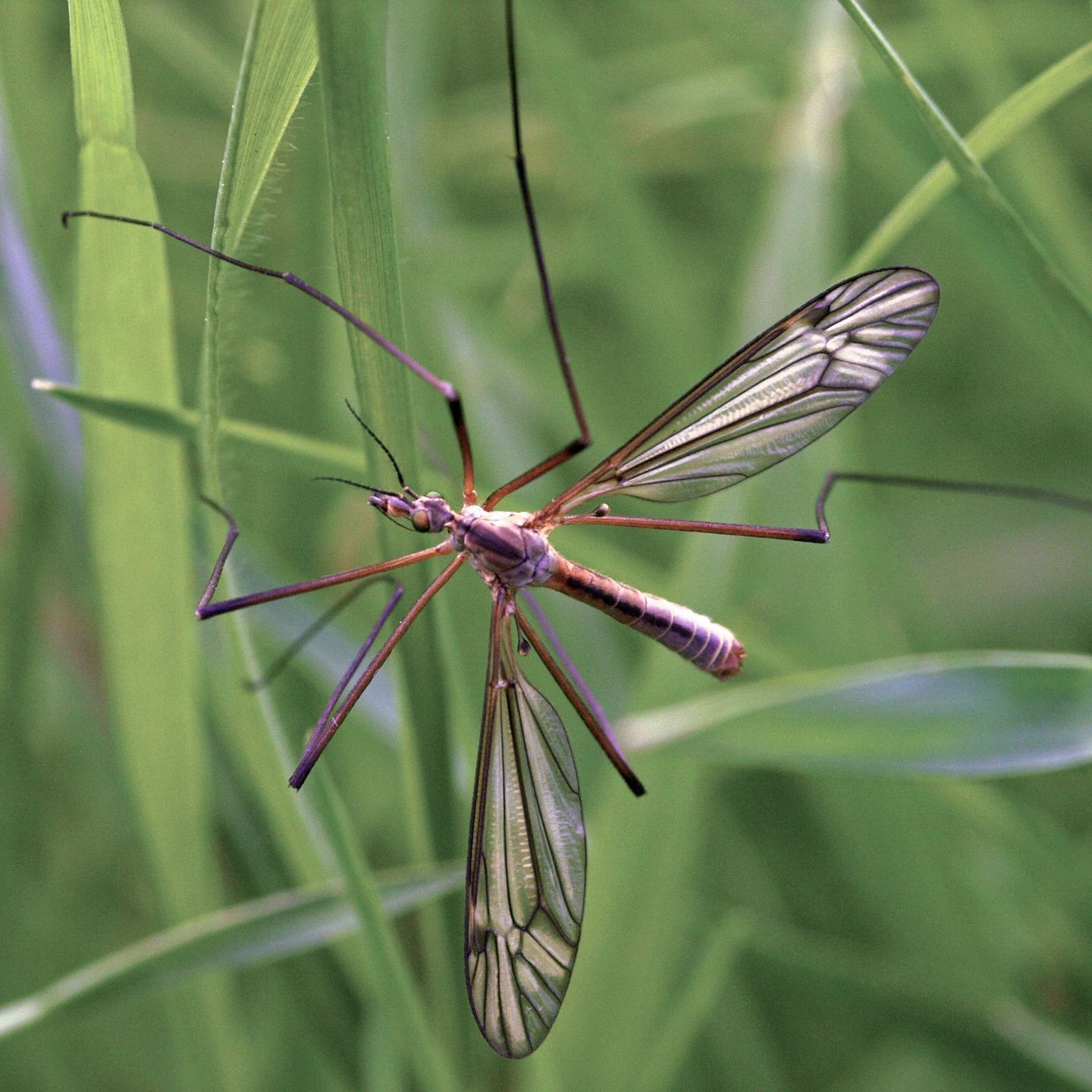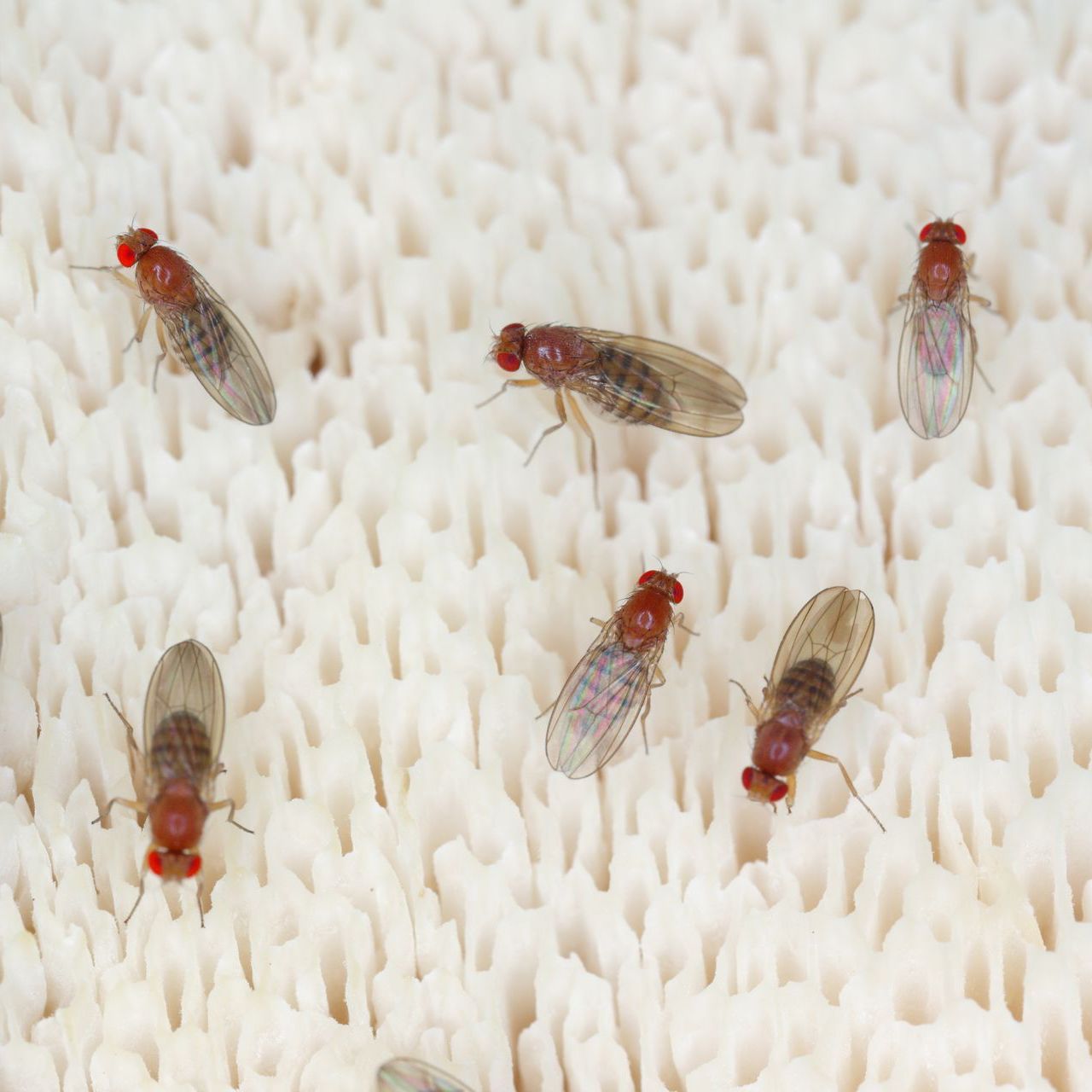Flies In North Texas

Blow Fly
Blow flies, scientifically known as Calliphoridae, are a family of flies that are important scavengers and decomposers in the natural environment. They are often associated with the process of decomposition and play a significant role in forensic entomology, where their life stages are used to estimate the postmortem interval (PMI) in forensic investigations. Here is some information about blow flies:
- Appearance:
- Blow flies vary in size and color, but many species have metallic, iridescent colors, such as green, blue, or copper.
- Adults typically have a robust and somewhat hairy body, and their wings are often transparent or have distinct markings.
- Blow fly larvae, also known as maggots, are legless and cylindrical, with a tapered head.
- Habitat:
- Blow flies are found in various habitats, including urban areas, forests, and agricultural landscapes.
- They are attracted to decaying organic matter, including carrion, feces, and other decomposing substances.
- Diet:
- Adult blow flies feed on nectar, pollen, and other sugary substances.
- The larvae are scavengers and primarily feed on decaying organic material, aiding in the process of decomposition.

Cluster Fly
- Appearance:
- Adult cluster flies are slightly larger than houseflies, measuring around 8 to 10 millimeters in length.
- They have a dark-gray to black color and are covered with golden-yellow hairs that give them a slightly mottled appearance.
- When at rest, their wings overlap in a way that forms a noticeable dark stripe.
- Habitat:
- Cluster flies are commonly found in North America, Europe, and other temperate regions.
- They are often associated with rural areas, but they can also be found in suburban and urban environments.
- During the warmer months, cluster flies are typically outdoors and feed on flower nectar.
- Behavior:
- Cluster flies get their name from their habit of gathering in large numbers, or clusters, especially in the fall and winter.
- As the weather cools, cluster flies seek shelter in buildings to overwinter, often choosing attics, wall voids, or other protected spaces.
- They are sluggish in colder temperatures, and their presence indoors is more noticeable on warm, sunny days.

Crane Fly
- Appearance:
- Crane flies are known for their long, slender bodies and long legs, resembling oversized mosquitoes.
- They have a single pair of wings and, depending on the species, may have wingspans ranging from 1 to 6 inches.
- Unlike mosquitoes, crane flies do not have a proboscis for biting.
- Habitat:
- Crane flies are found in a variety of habitats, including gardens, meadows, forests, and wetlands.
- The larvae of crane flies are aquatic or semi-aquatic and are often found in moist soil, standing water, or in decaying vegetation.
- Diet:
- Adult crane flies do not feed. They primarily focus on reproduction, and their adult lifespan is relatively short.
- The larvae, often called "leatherjackets," feed on organic matter, roots, and decaying vegetation.

Drain Fly
- Appearance:
- Adult drain flies are small, measuring about 1/16 to 1/8 inch in length.
- They have a fuzzy or moth-like appearance, with a pair of large wings covered in scales.
- Drain flies are usually light gray or tan, and their bodies and wings may have a mottled or speckled pattern.
- Habitat:
- Drain flies are commonly found in areas with standing water and organic matter, such as drains, sink traps, sewage systems, and sewage treatment plants.
- They thrive in damp and dark environments, making bathrooms, kitchens, and other areas with moisture conducive to infestations.
- Diet:
- Drain fly larvae primarily feed on organic matter, fungi, and bacteria found in decomposing materials.
- The adult flies do not feed or cause damage.

Fruit Fly
- Appearance:
- Adult fruit flies are small, measuring about 1/8 inch in length.
- They typically have red eyes, a tan thorax, and a black abdomen.
- The wings of fruit flies are clear and may have distinctive dark bands.
- Habitat:
- Fruit flies are found worldwide and are commonly associated with places where fruits and vegetables are present.
- They can infest homes, grocery stores, markets, and other areas with organic matter.
- Overripe or decaying fruits and vegetables are ideal breeding grounds for fruit flies.
- Diet:
- Fruit flies feed on ripened or fermenting fruits and vegetables.
- They are also attracted to sugary substances, such as spilled juices, soda, and alcohol.

House Fly
- Appearance:
- Adult house flies are medium-sized insects, measuring about 1/4 to 3/8 inch in length.
- They have a gray thorax with four dark stripes and a somewhat dull, grayish abdomen.
- The eyes of house flies are large and red.
- Habitat:
- House flies are highly adaptable and are found in a variety of environments, including homes, restaurants, farms, and garbage dumps.
- They are attracted to decaying organic matter, garbage, animal waste, and food residues.
- Diet:
- House flies are scavengers and feed on a wide range of organic materials, including food scraps, garbage, feces, and decaying plant matter.
- They regurgitate digestive juices onto solid food to liquefy it before feeding.